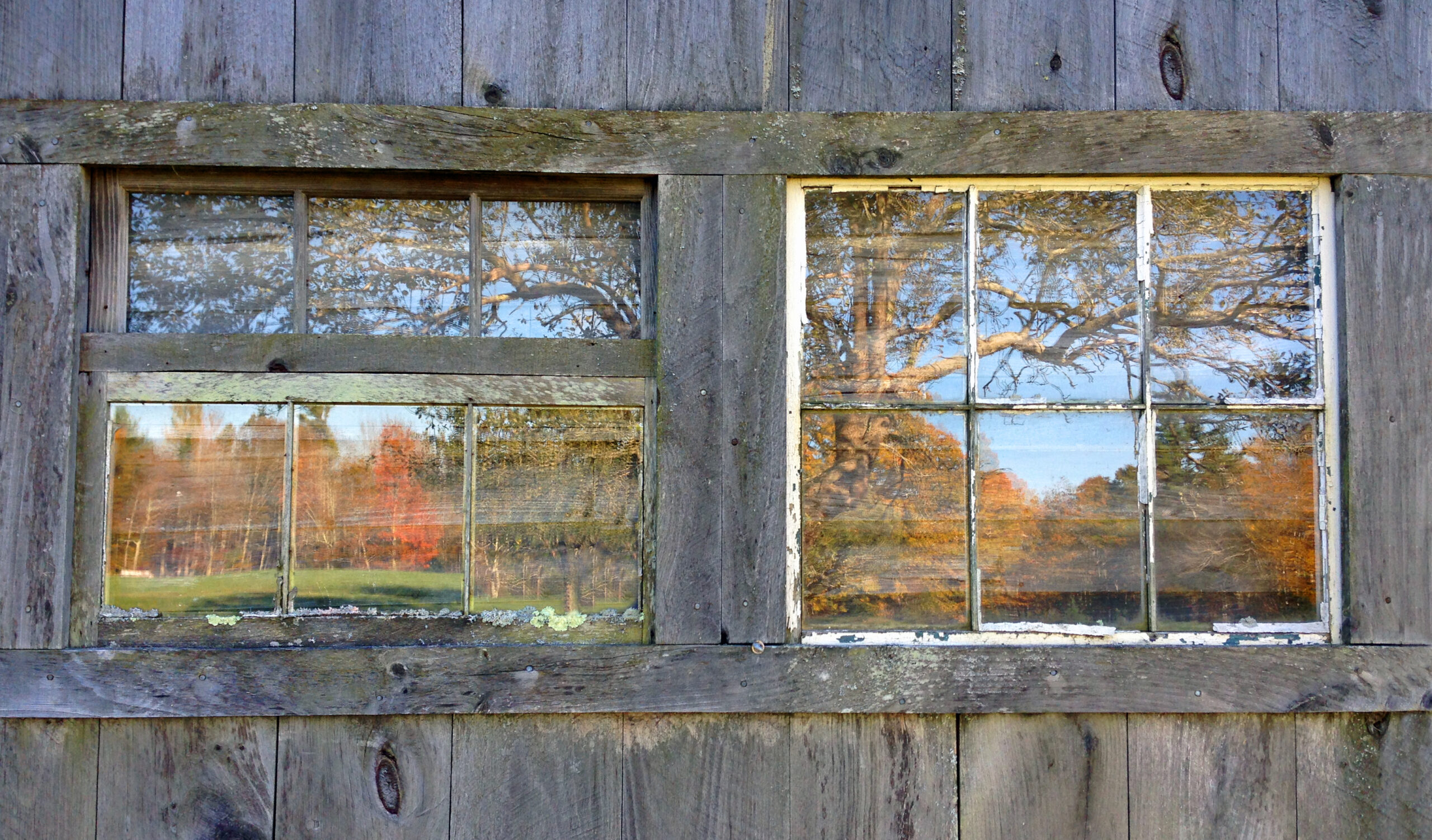
There is still something unique about this dynamic as it operates in the United States. I would suggest that it is unique in two ways. First, it is particularly tempting to attribute the virus and its effects to some “other” in the United States, for there are many “others” in America. It is truly a melting pot of diverse cultures and lifestyles. It is a county which will soon have no majority population—so pick among many people for your bias, contempt and anger. It might even be suggested that one of the many sources of societal stress in the United States is its diversity. While there are many potential targets for one’s scorn, it might very well be that there is an even greater incentive for finding this target given the amplifying effect of diversity on the stress associated specifically with the pandemic outbreak.
The second reason is much less “understandable”—at least at the surface. It has to do with a characteristic of American culture that was forged at the time of its European-based founding, with arrival of the puritans.
American Hysteria
It did not take many years for the early American settlers from Europe to find a way in which to identify and abuse the “other.” As one would suspect, it began with the identification of the indigenous population as the “other”—resulting in the abuse and execution of many “Indians” who were unfortunate enough to live on the East coast of North America when the Europeans arrived. The “other” however was soon no longer confined to the Native population. The early immigrants to New England began to identify the “other” among members of their own community.
Specifically, I am referencing the notorious Salem witch trials. Christakis points specifically to these trials as exemplars of the ways in which rampant fear can lead to the false identification of those people who are “responsible” for the fear. Typically, they are the “source” in some way of a psychologically based (“psychogenic”) illness. Here is his description and analysis (Christakis (2020, p. 149):
In the most fascinating epidemics of fear, referred to as mass psychogenic illness or mass sociogenic illness, otherwise healthy people fall ill in a psychological epidemic. These terms are nowadays preferred to the erstwhile epidemic hysteria. In such outbreaks, people can develop physical symptoms that have no physiological basis, driven by anxiety and fear. In the “pure anxiety” type, people report a variety of symptoms, including abdominal pain, headache, fainting, dizziness, shortness of breath, nausea, and so on. In the “motor” type, people may engage in hysterical dancing or manifest pseudoseizures.
The seventeenth-century Salem witch trials were triggered by a bout of mass psychogenic illness when a group of Puritan girls fell ill with “fits” and laid the blame for their apparent possession on a number of local women. Historical records of such phenomena date back to at least 1374, when, in close succession to the Black Death, “dancing manias” broke out, initially in Aachen, Germany.








